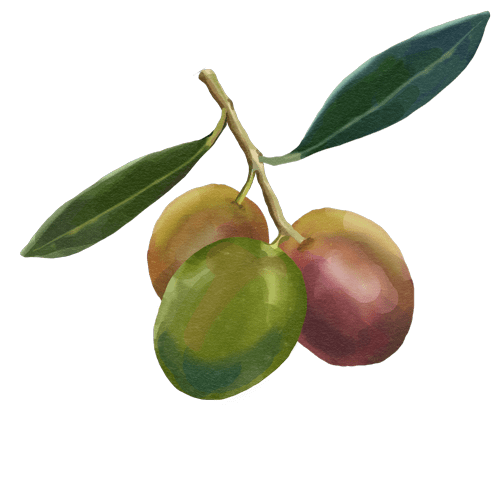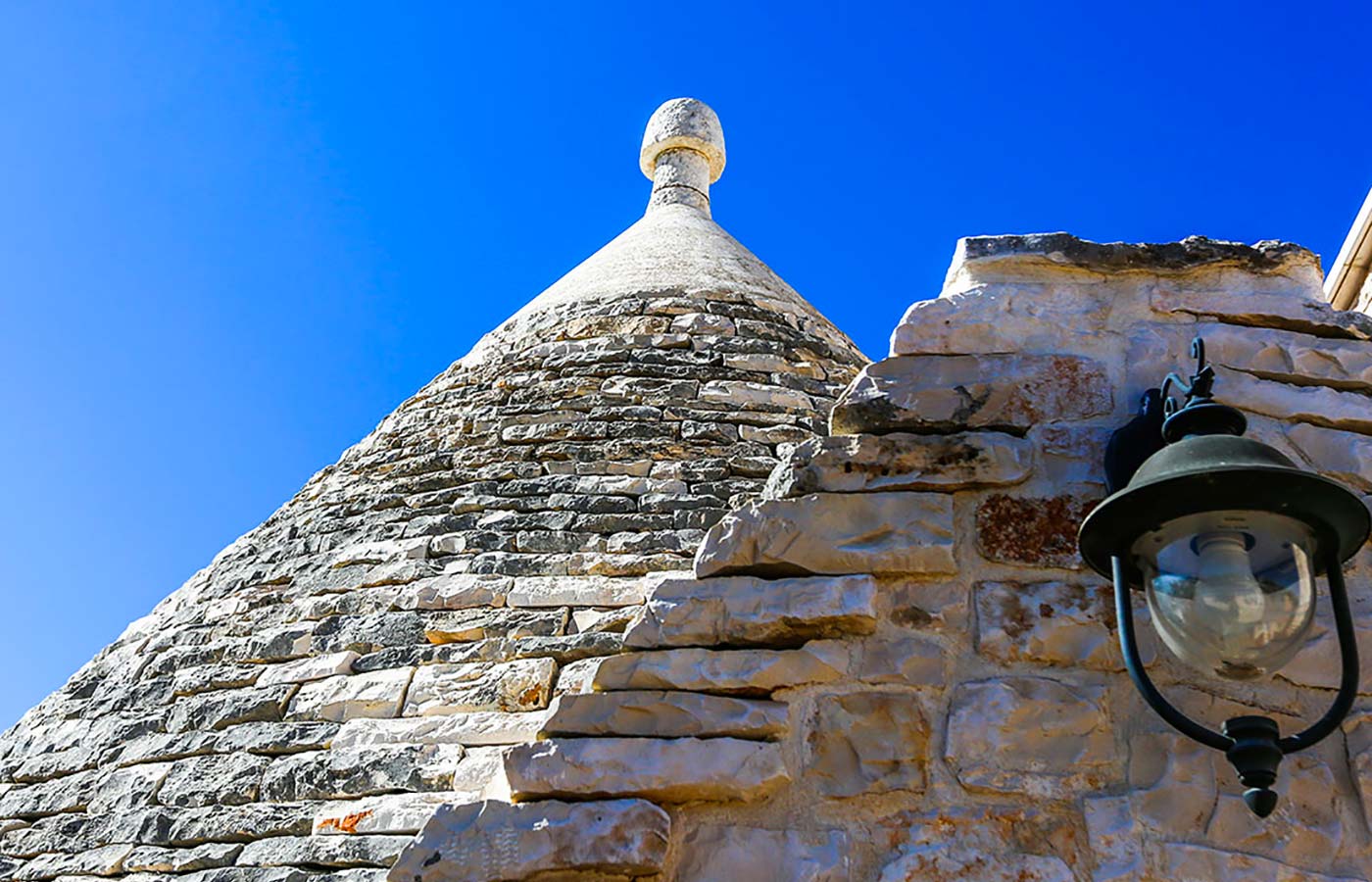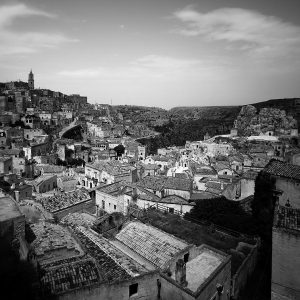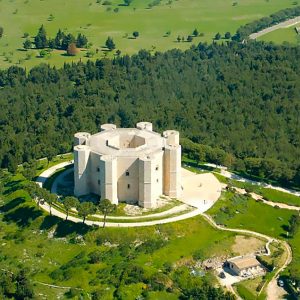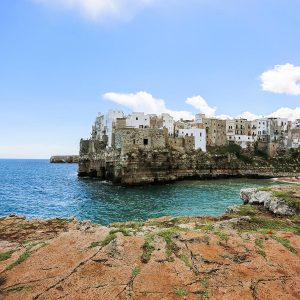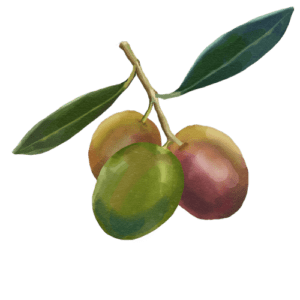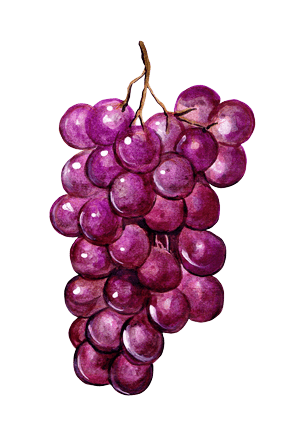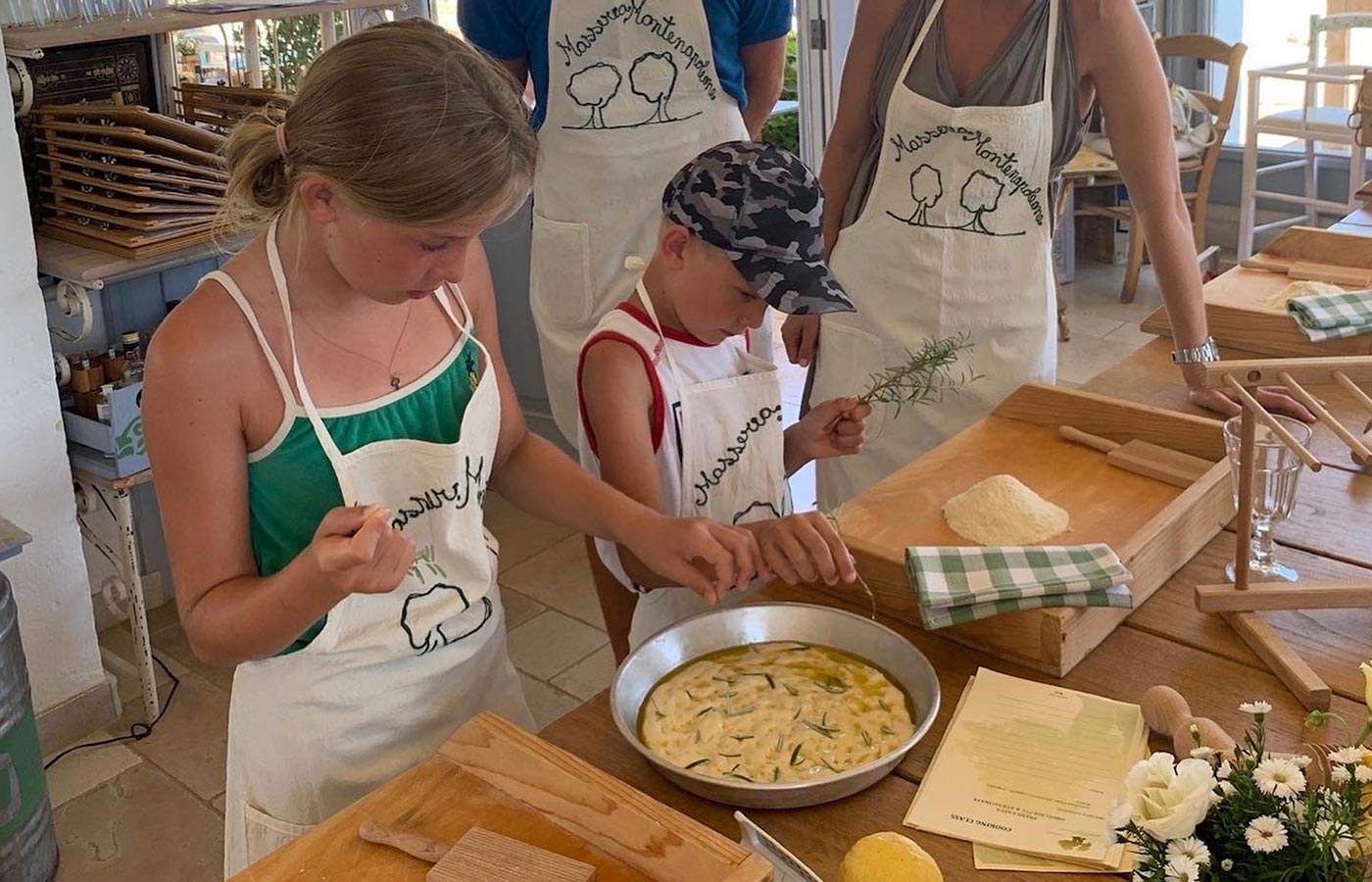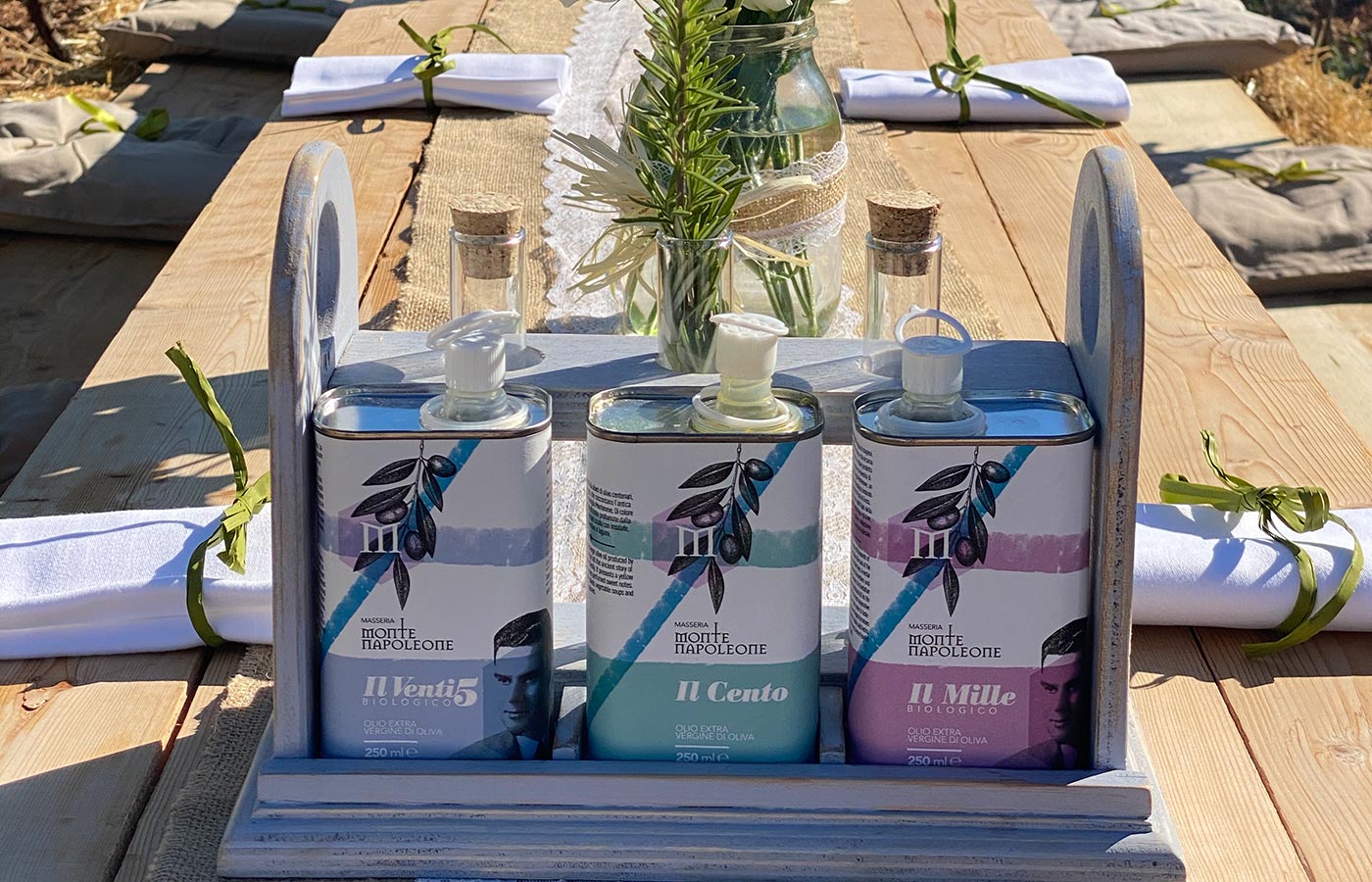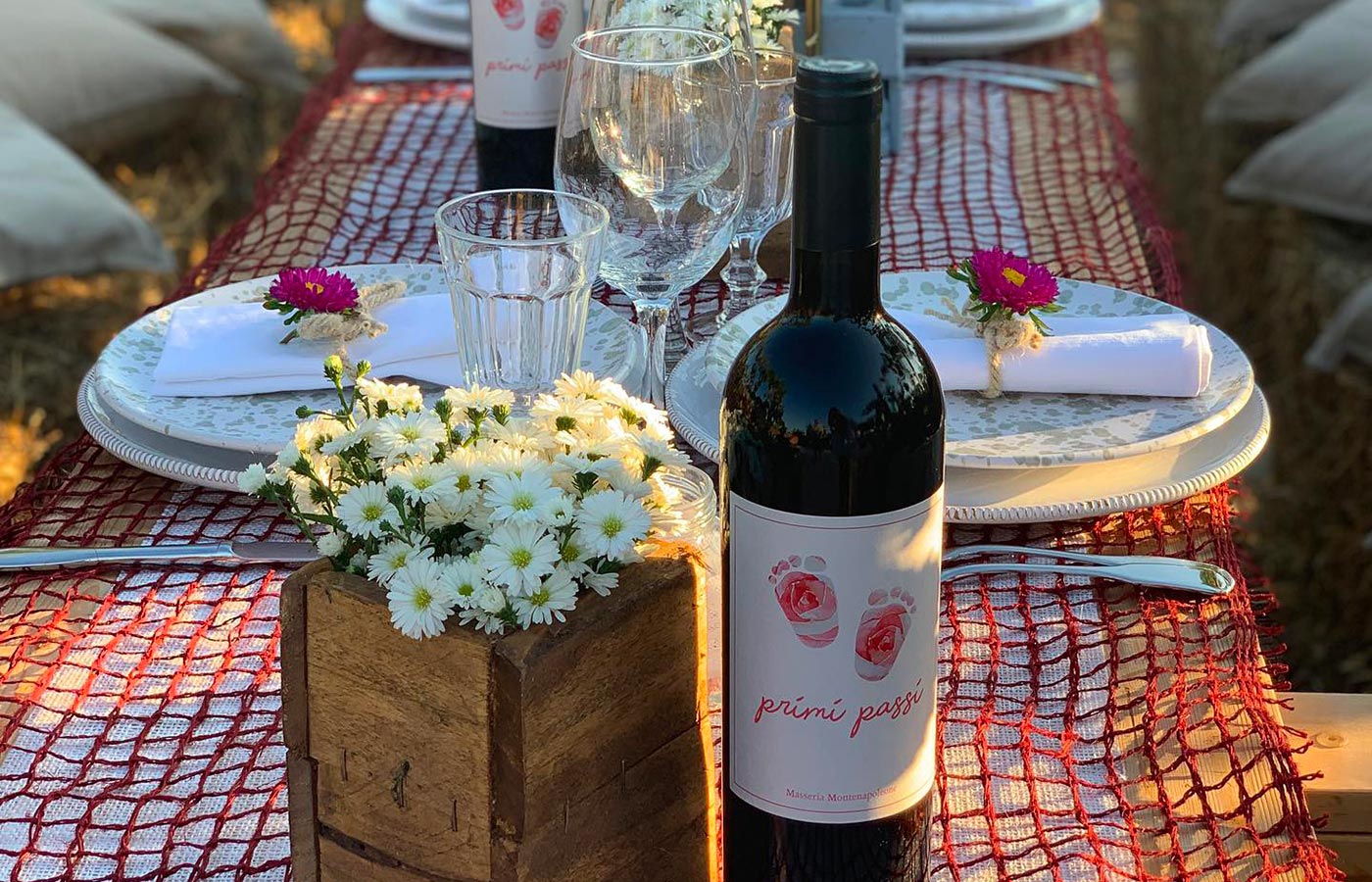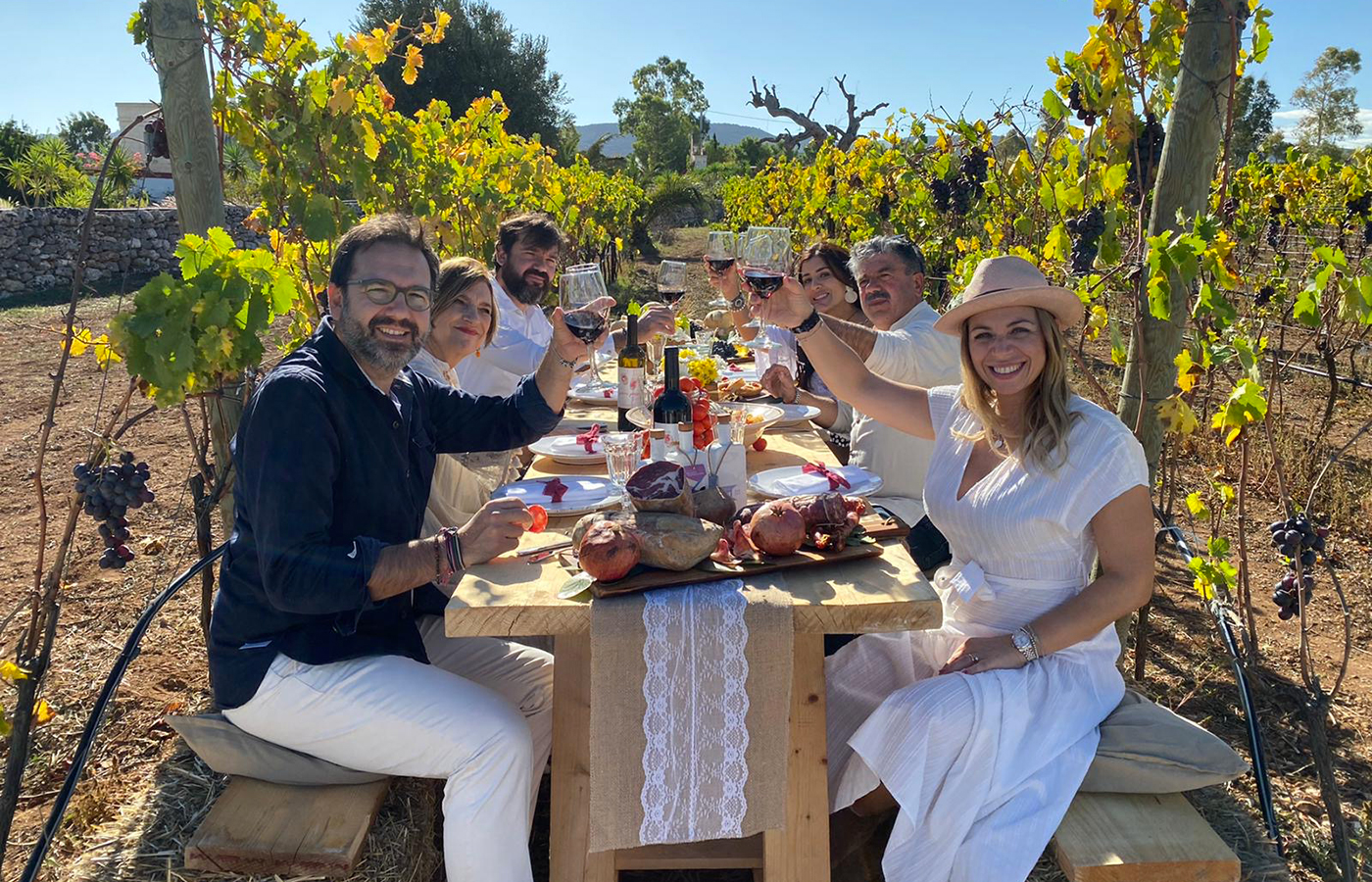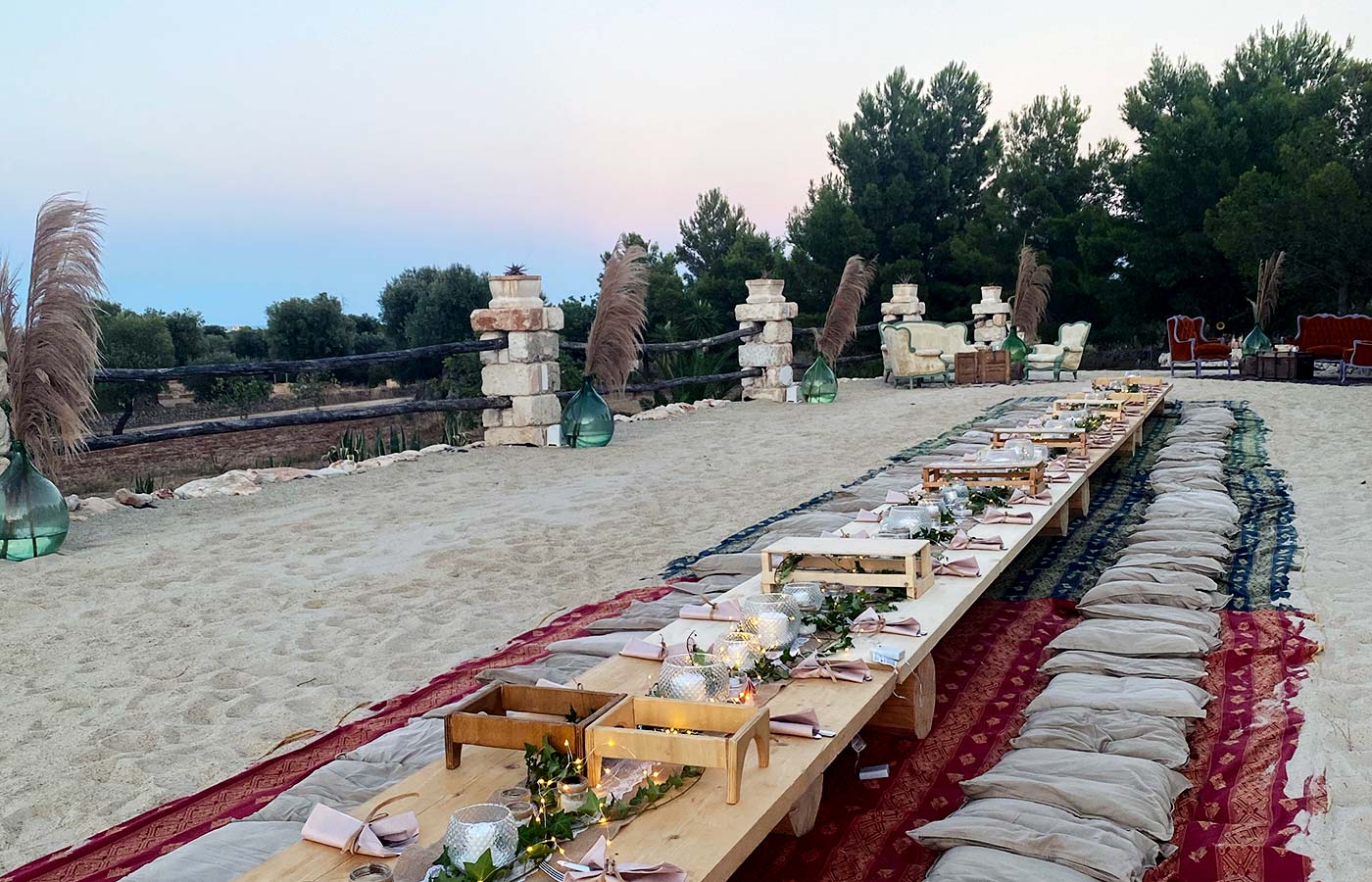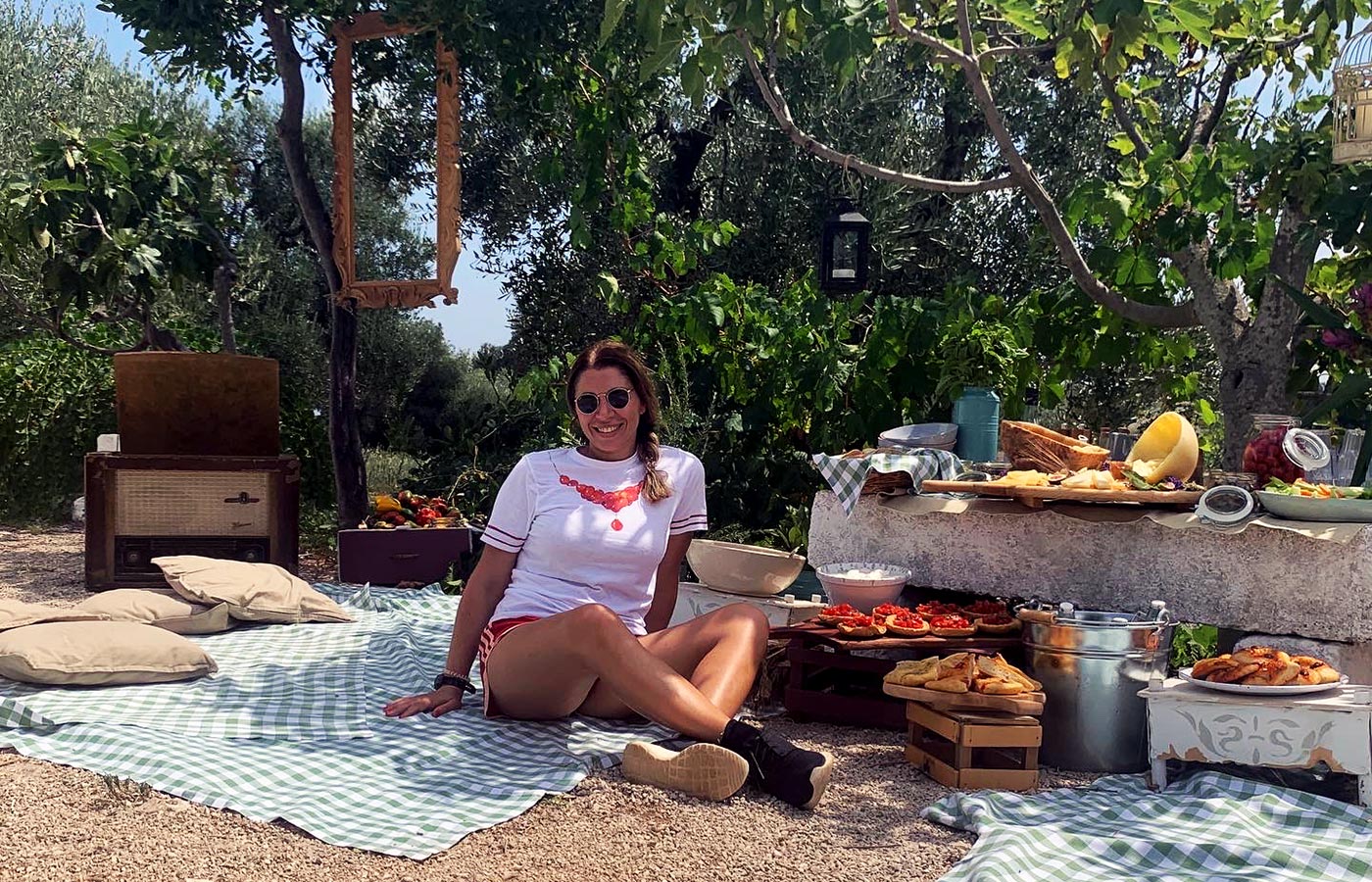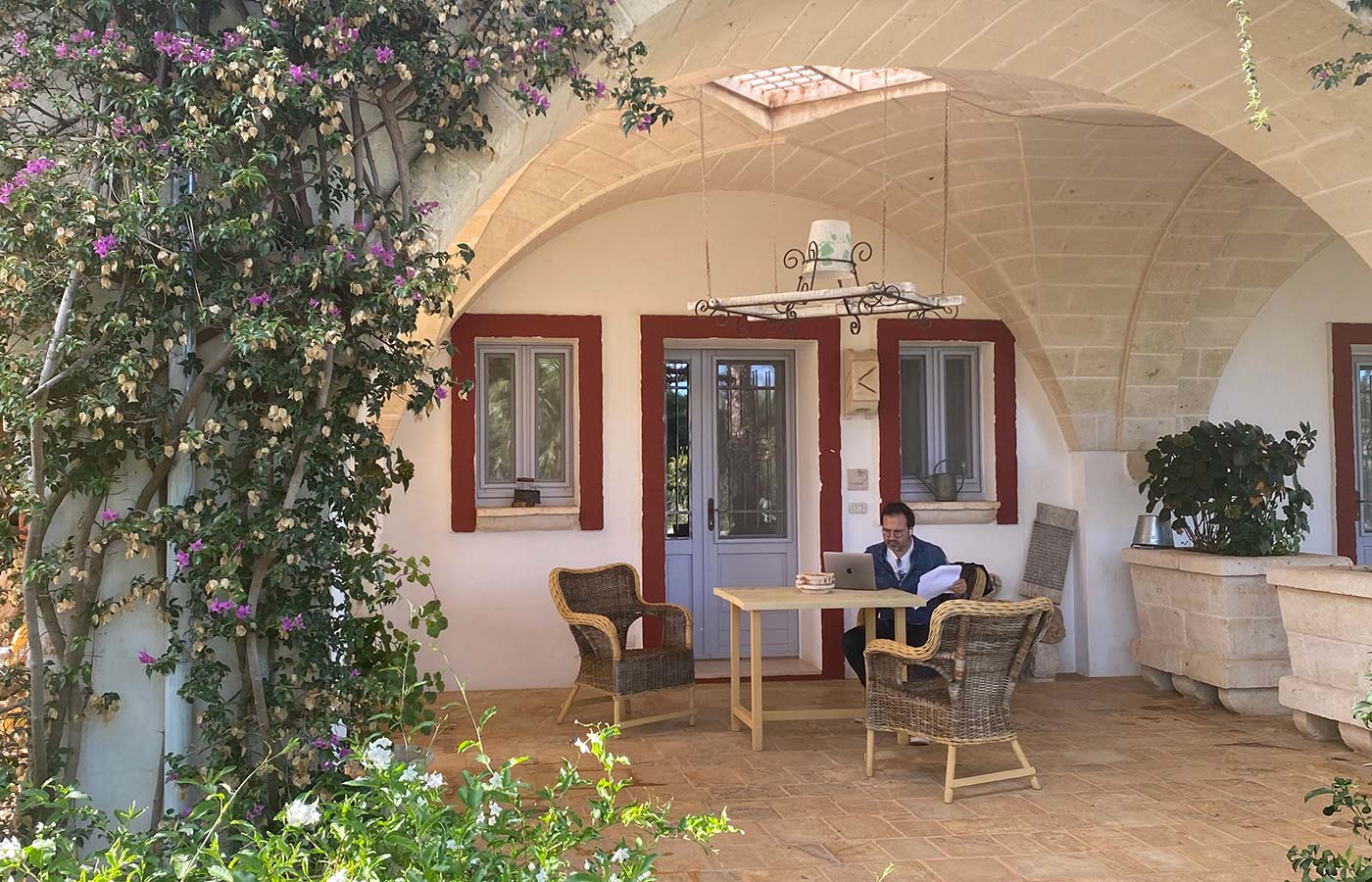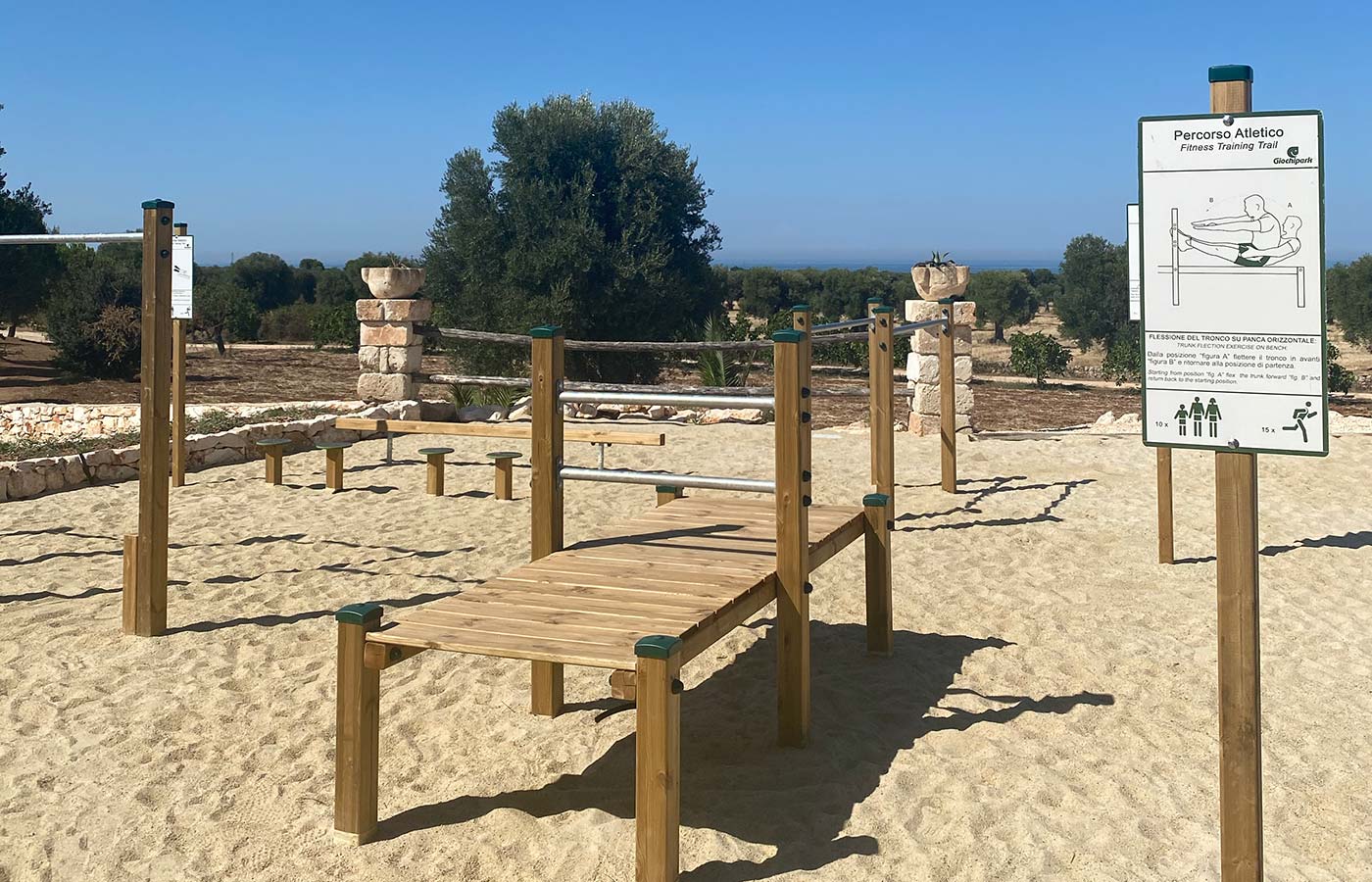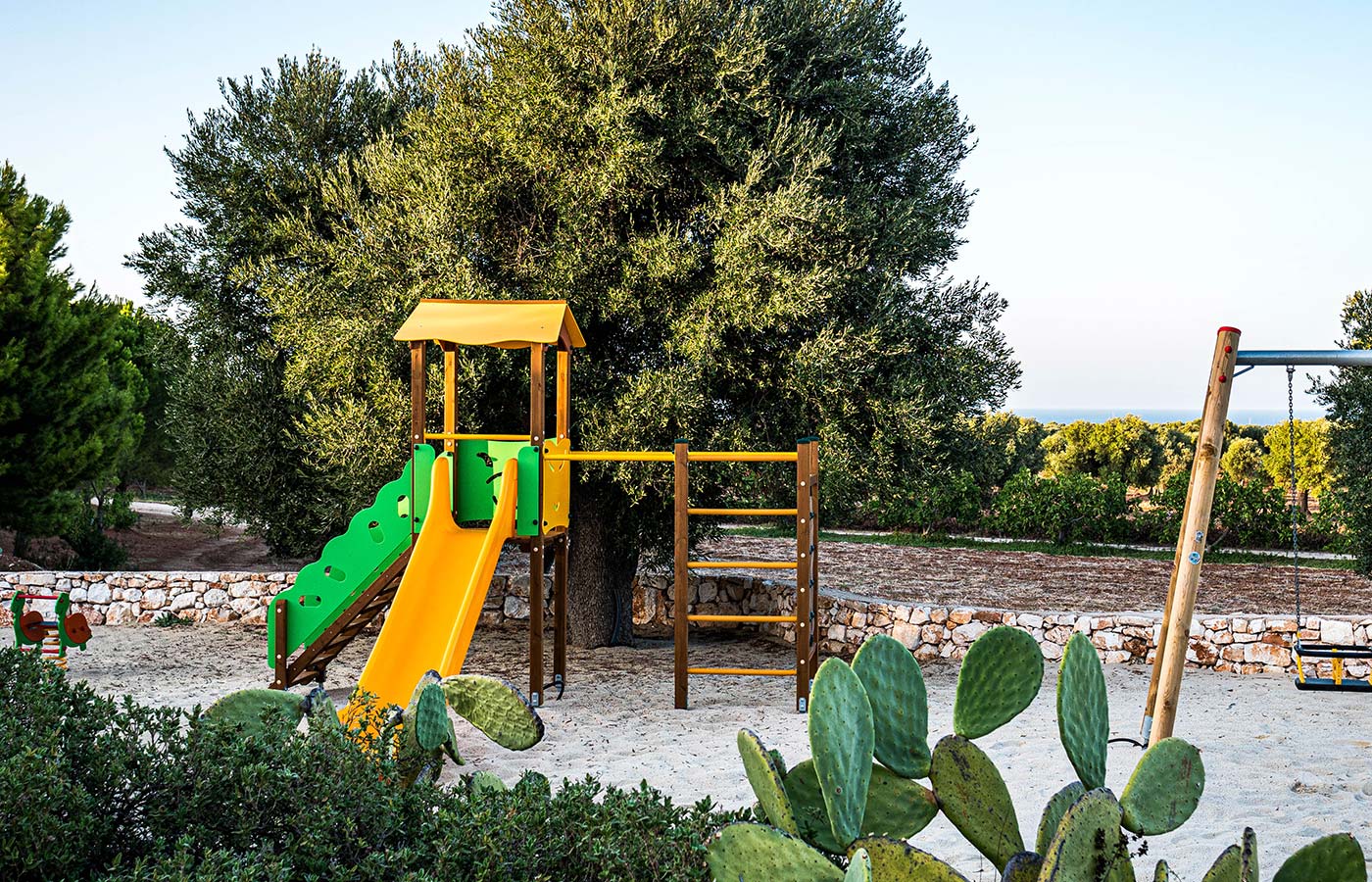Following the lanes with their dry stonewalls, with snow-white masserias and scrublands, you enter into the Itria Valley – Alberobello being its ‘queen’ with its trulli.
The trullo is an ancient dry-stone dwelling with a conical roof, of protohistoric origins, which are found exclusively in central-southern Puglia, and have indeed become part of the Unesco World Heritage.
Very close to Pezze di Greco is the white city of Ostuni, one of the most stunning views as it rises from the landscape.
Rambling through its little streets, we are taken aback by the houses, which give the impression of having been grafted into one another, all white-washed by the farmers in ancient times in order to keep the plague away.
Driving further along we reach Cisternino, famous for its butchers where you can try juicy “bombette” (made with pork), a local delicacy; and then onto Locorotondo, the Locus Rotundus with its circular shape, and its narrow soaring houses, which remind us a little of Dutch houses.
In summer the town becomes centre stage for many important international musicians at the Locus festival.
The historical center of Martina Franca with its baroque churches is also worth a visit – a town with ‘musical vocation’, home to the Paolo Grassi Foundation – which every year organises the Festival della Valle d’Itria, dedicated to Opera music.

